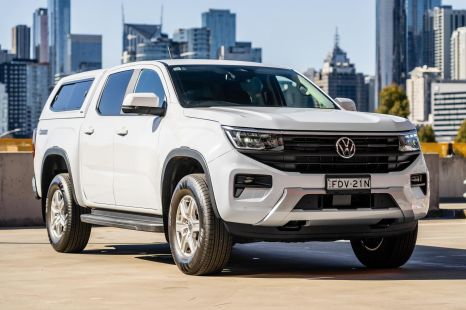

Max Davies
2025 Volkswagen Amarok Life TDI500 review
1 Month Ago

News Editor
Ram’s new Brazilian-developed Toyota HiLux rival will offer turbocharged petrol and diesel engines, a premium-looking interior and a sporty R/T trim.
Ram Rampage orders open this week in Brazil, but the Stellantis-owned pickup brand has yet to confirm whether the vehicle will be offered outside of Latin America.
It’ll be offered with a choice of two engines: a Hurricane 2.0-litre four-cylinder turbo petrol with 203kW of power and 400Nm of torque, and a 2.0-litre turbo-diesel four with 127kW and 380Nm.

They’re mated with a standard nine-speed automatic transmission with paddle shifters and a full-time four-wheel drive system with a selectable 4×4 Low mode.
The petrol engine, the only one offered on the sporty R/T, comes with a dual exhaust. In R/T guise, it has a louder tune, and can do the 0-100km/h sprint in 6.9 seconds (down from 7.1 in the others).
The diesel has a claimed 0-100km/h time of 10.9 seconds.
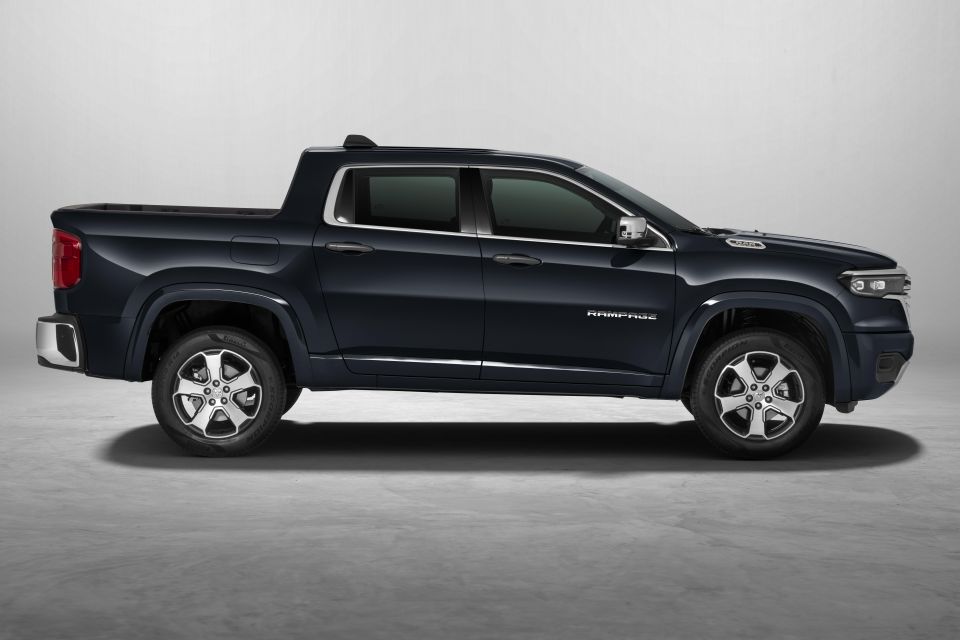
The Rampage measures 5028mm long, 1886mm wide and 1780mm tall on a 2994mm wheelbase.
It’s understood to use a version of the unibody architecture underpinning the Jeep Compass and Alfa Romeo Tonale, with four-wheel independent suspension with a multi-link set-up at the rear.
Hill descent control and front and rear ventilated disc brakes are standard.

Payload is 1015kg in diesel models and 750kg in petrol models, and all models have a 980L lined tub with LED lighting and a power tailgate.
There are three variants, each with their own look: the Rebel, luxury Laramie, and aforementioned sporty R/T. The latter is a nameplate that has historically been used on Dodge vehicles, including older Dodge-badged Rams.
The Laramie, has chrome and silver finishes for the grille, window frames, door handles and rear bumper, while the Rebel has a more rugged look with black and graphite finishes and All Terrain 235/65 R17 tyres.

The R/T has various body-colour and gloss-black parts plus a pair of large stripes on the bonnet and a black-painted roof.
It also features a 10mm lower suspension, 19-inch alloy wheels, and firmer springs and dampers.
Standard LED headlights feature dynamic directional lights and automatic high-beam, while the LED fog lights have a cornering function.
LED tail lights feature graphics resembling the flag of the United States, with red stripes and the reverse light forming a rectangle of stars.

Inside, there’s an interior rather more elegant than similarly sized body-on-frame utes, with the instrument panel, door panels, centre armrest and steering wheel wrapped in leather in all variants.
There’s a standard 12.3-inch touchscreen infotainment system with wireless Apple CarPlay and wired Android Auto, plus a 10.3-inch digital instrument cluster.
There’s remote connectivity through Ram Connect, allowing owners to access information on the vehicle via a smartphone app and control functions such as the air-conditioning, as well as 24-hour security monitoring and emergency assistance.

Buyers get 12 months of free access to premium services like on-board wi-fi with a 60GB data allowance.
Ram has also brought the Ramcharger name back, not for an SUV this time but rather for the wireless phone charger… of course.
It’s accompanied by six USB ports in the cabin, three of which are USB-C.
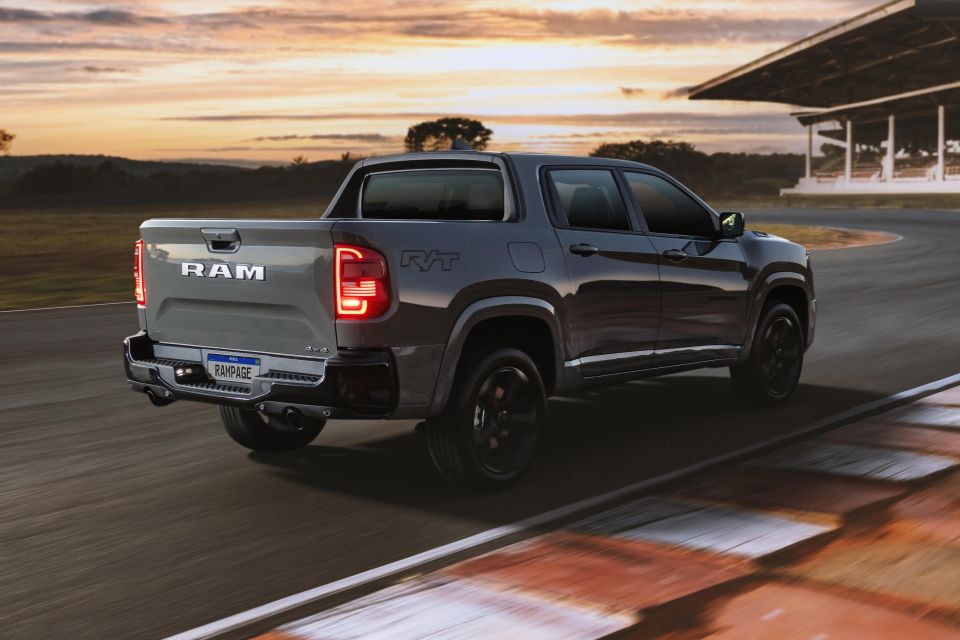
As with the exterior, the Rebel, Laramie and R/T variants have unique looks inside – the R/T has suede accents and red stitching, for example, while the Laramie has a unique black/brown colourway.
Dual-zone climate control, tilt/telescopic steering wheel adjustment, keyless entry and start, power-folding exterior mirrors, and a power driver’s seat are standard on all models, while ambient lighting, a 12-way power passenger seat and a 10-speaker Harman Kardon sound system are optional.
There’s also a range of 35 accessories available, including power running boards and illuminated metal sill plates.
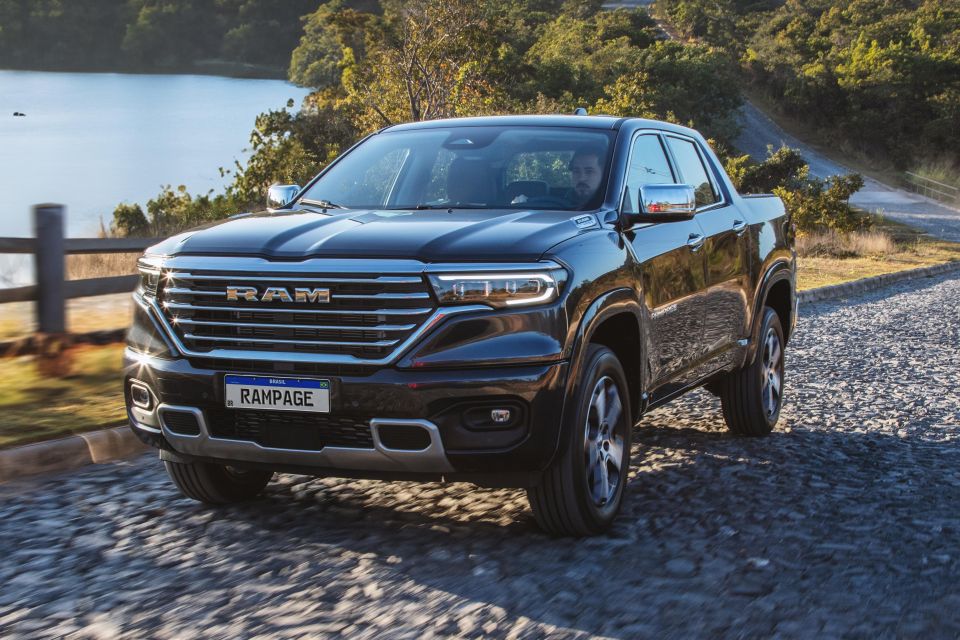
Standard safety equipment includes seven airbags, adaptive cruise control with stop/go, autonomous emergency braking with pedestrian and cyclist detection, blind-spot monitoring, lane-keep assist and rear cross-traffic alert.
The Rampage starts at BRL$239,990 (A$73,893) for the Rebel turbo-diesel.
Ram invested BRL 1.3 billion (A$400 million) in the Rampage, part of the BRL 16 billion (A$4.9bn) Stellantis is investing in Brazil between 2018 and 2025.
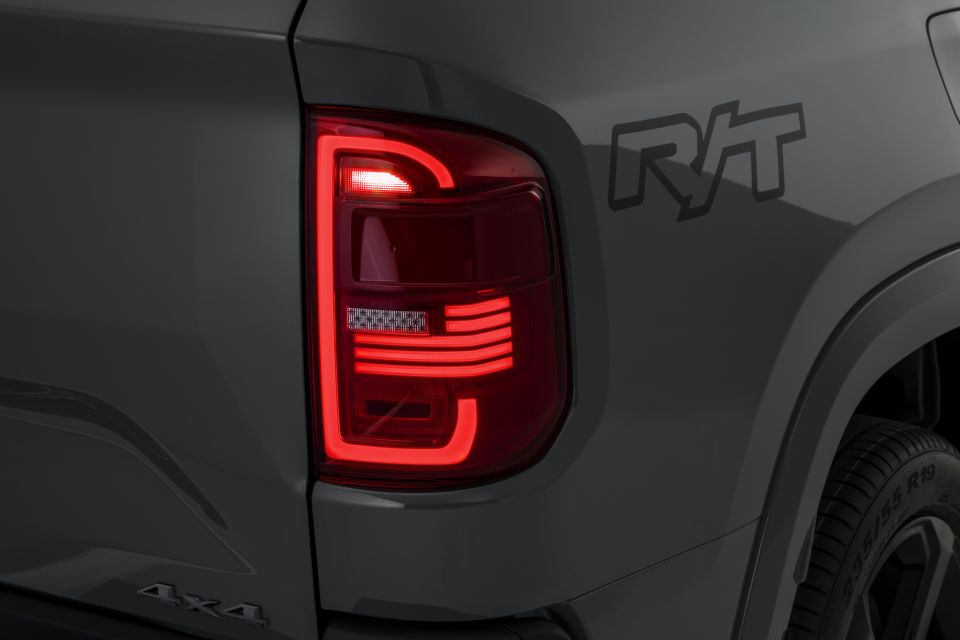
More than 800 engineers and technicians in Brazil worked on the vehicle, supported by the brand’s North American team.
It’s the first Ram vehicle designed and developed in Brazil, with the Stellantis Design Center in South America tasked with making sure the Rampage had a familial resemblance to the larger 1500, 2500 and 3500.
It’s unclear whether Ram will export the vehicle to North America where it would battle the popular Ford Maverick.
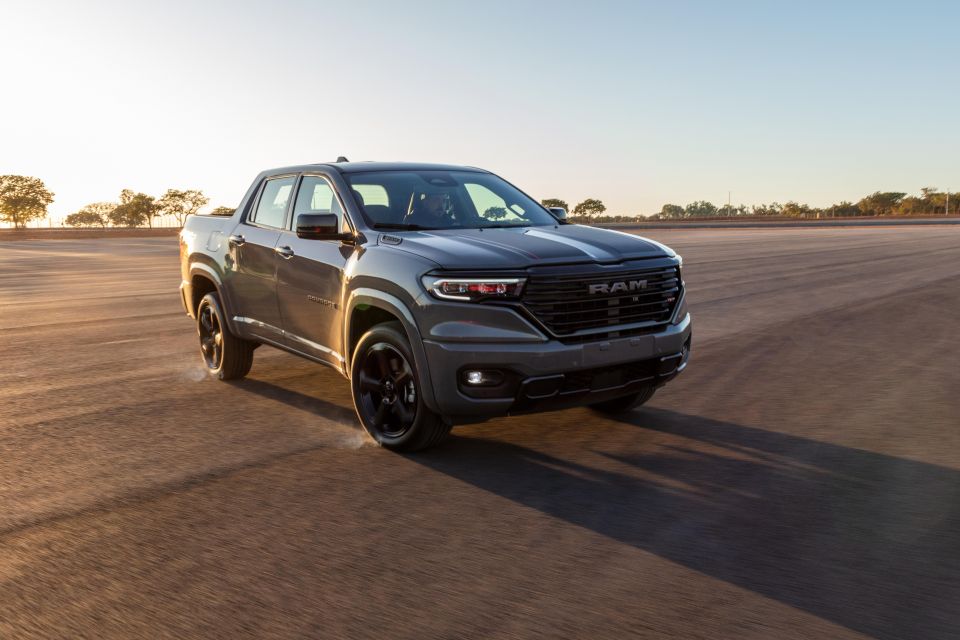
While the Ram brand hasn’t offered a sub-1500 pickup in its home market since the Dakota was discontinued in 2011, the logo appears on smaller unibody utes in Latin America and has also been used on a rebadged Mitsubishi Triton.
The Rampage name was once used on an even smaller ute than today’s model: the two-door Dodge Rampage, sold from 1982 to 1984. It was derived from the Omni O24 coupe, which in turn was based on the Volkswagen Golf-sized Omni hatchback.
The new Rampage isn’t the only new sub-1500 ute Ram plans to launch.
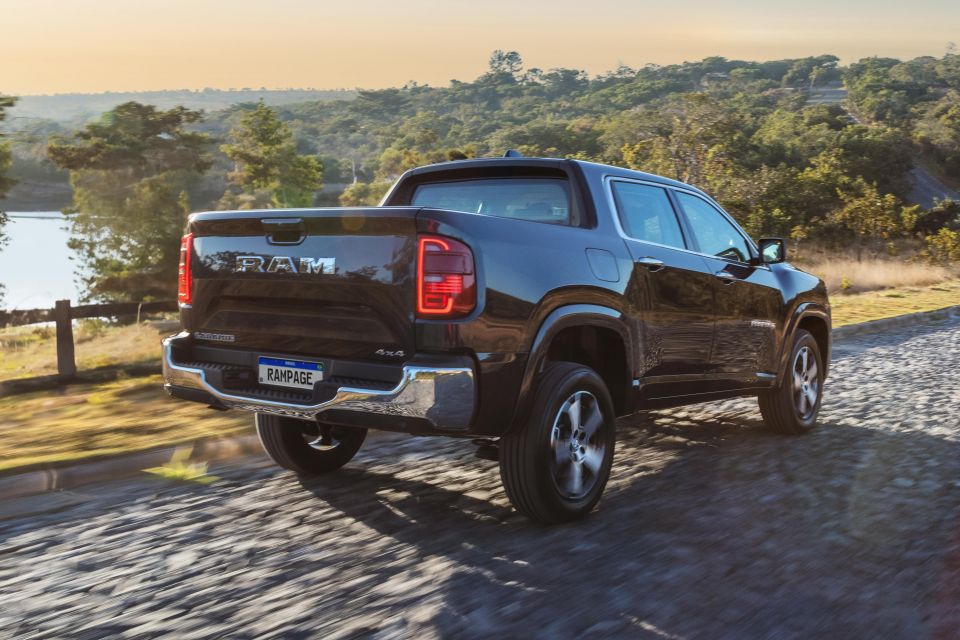
Ram has confirmed it’s working on an electric mid-sized ute in the US, possibly resurrecting the Dakota nameplate, which it has shown to dealers there.
The company has confirmed it has been designed with international and right-hand drive markets in mind, meaning it will more than likely make its way to Australia.
Leave us your thoughts in the comments below!
CarExpert helps new car buyers save thousands with expert reviews, honest advice, and transparent pricing – no dealer pressure and no sales games.
William Stopford is an automotive journalist based in Brisbane, Australia. William is a Business/Journalism graduate from the Queensland University of Technology who loves to travel, briefly lived in the US, and has a particular interest in the American car industry.


Max Davies
1 Month Ago
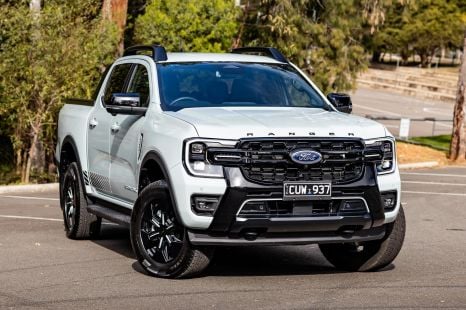

Matt Campbell
20 Days Ago
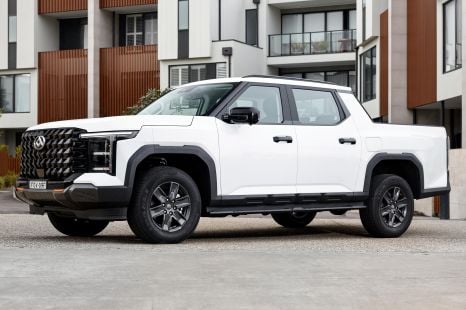

Damion Smy
12 Days Ago


Josh Nevett
11 Days Ago
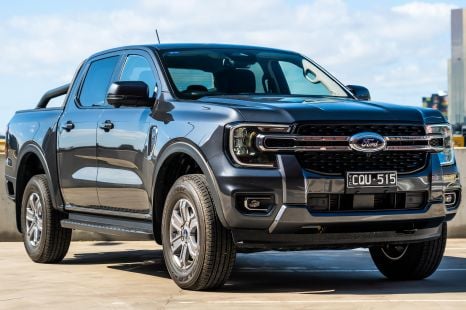

Damion Smy
11 Days Ago
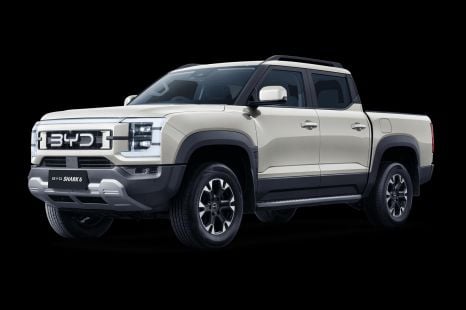

William Stopford
11 Days Ago